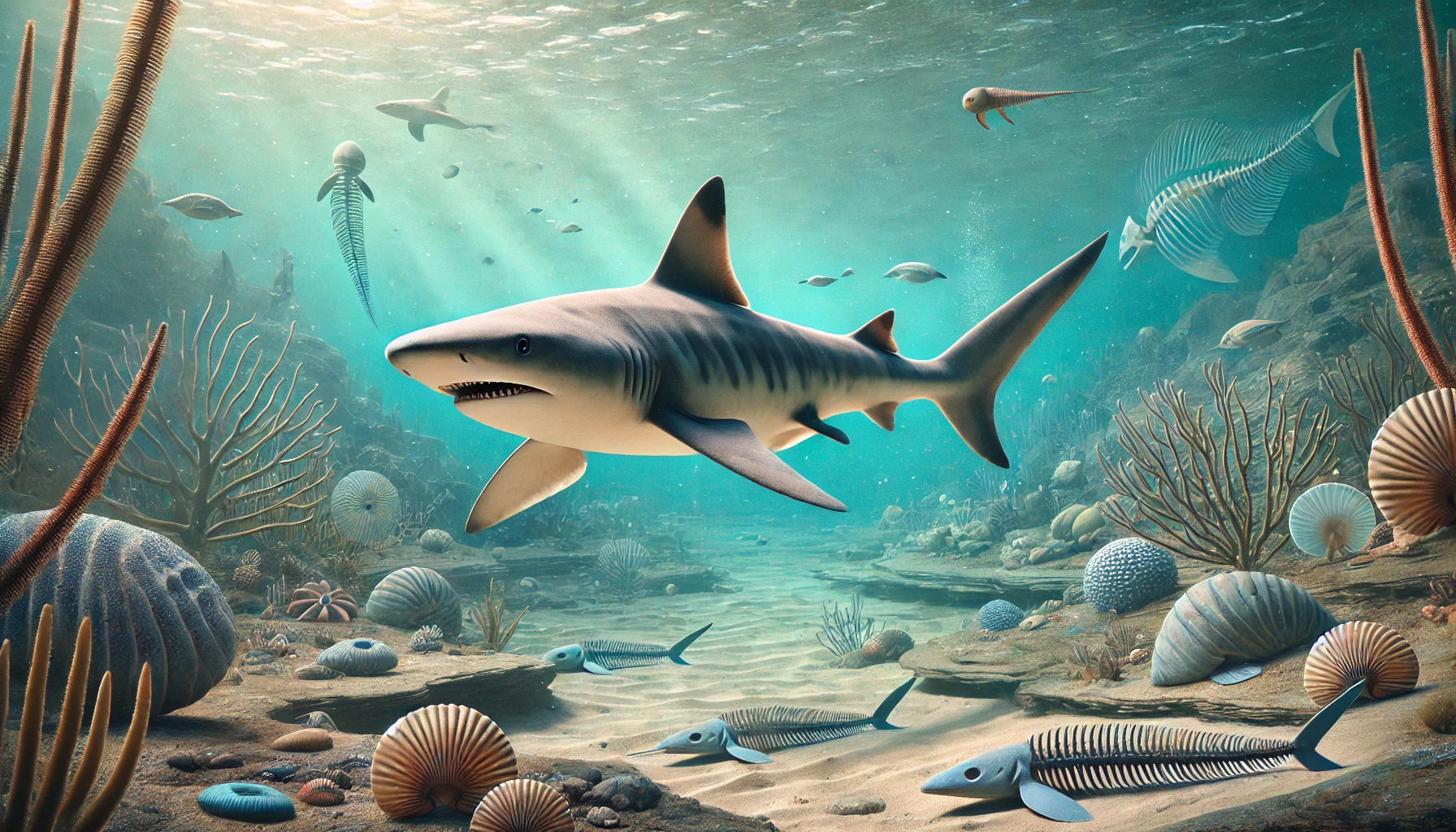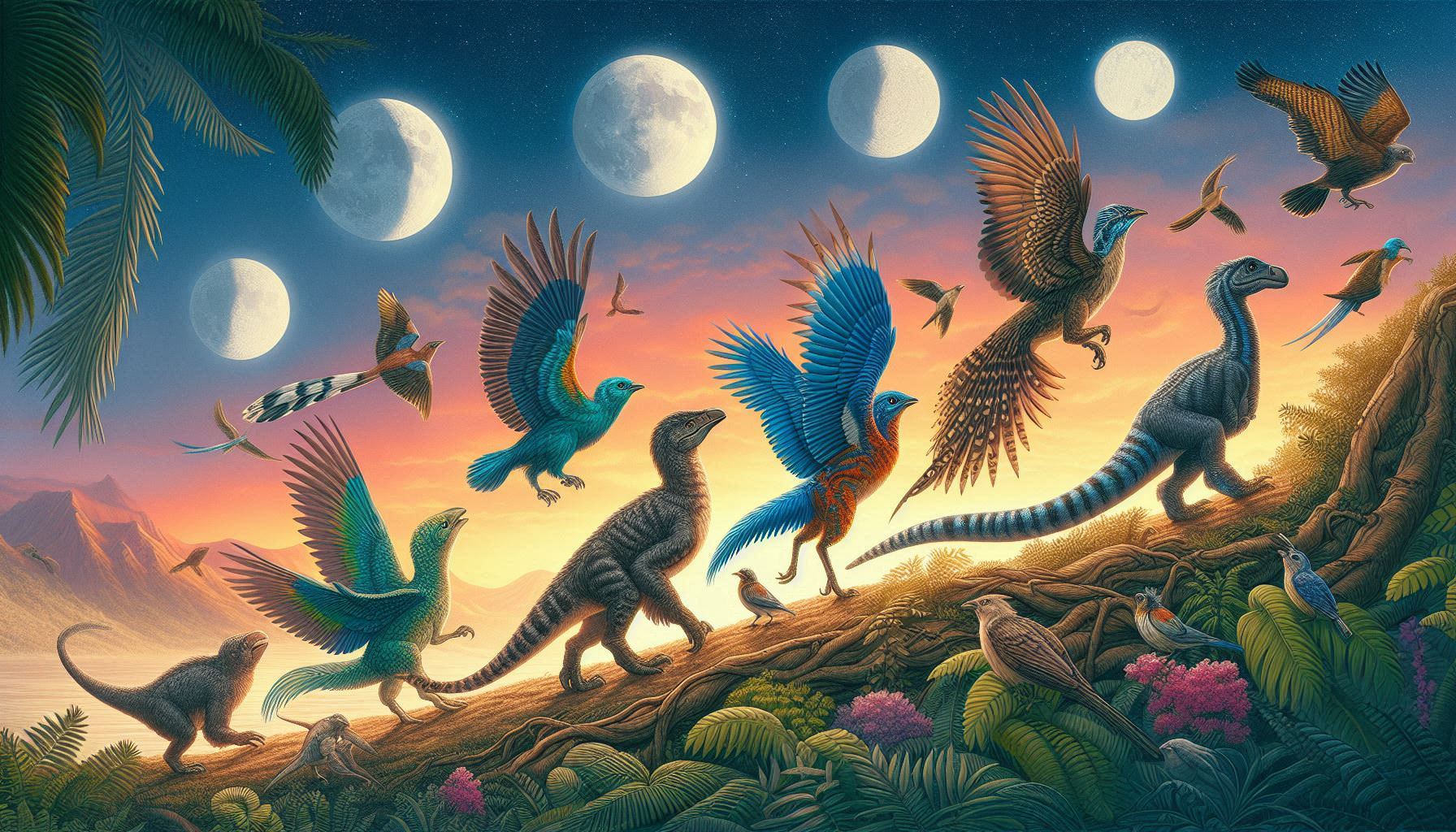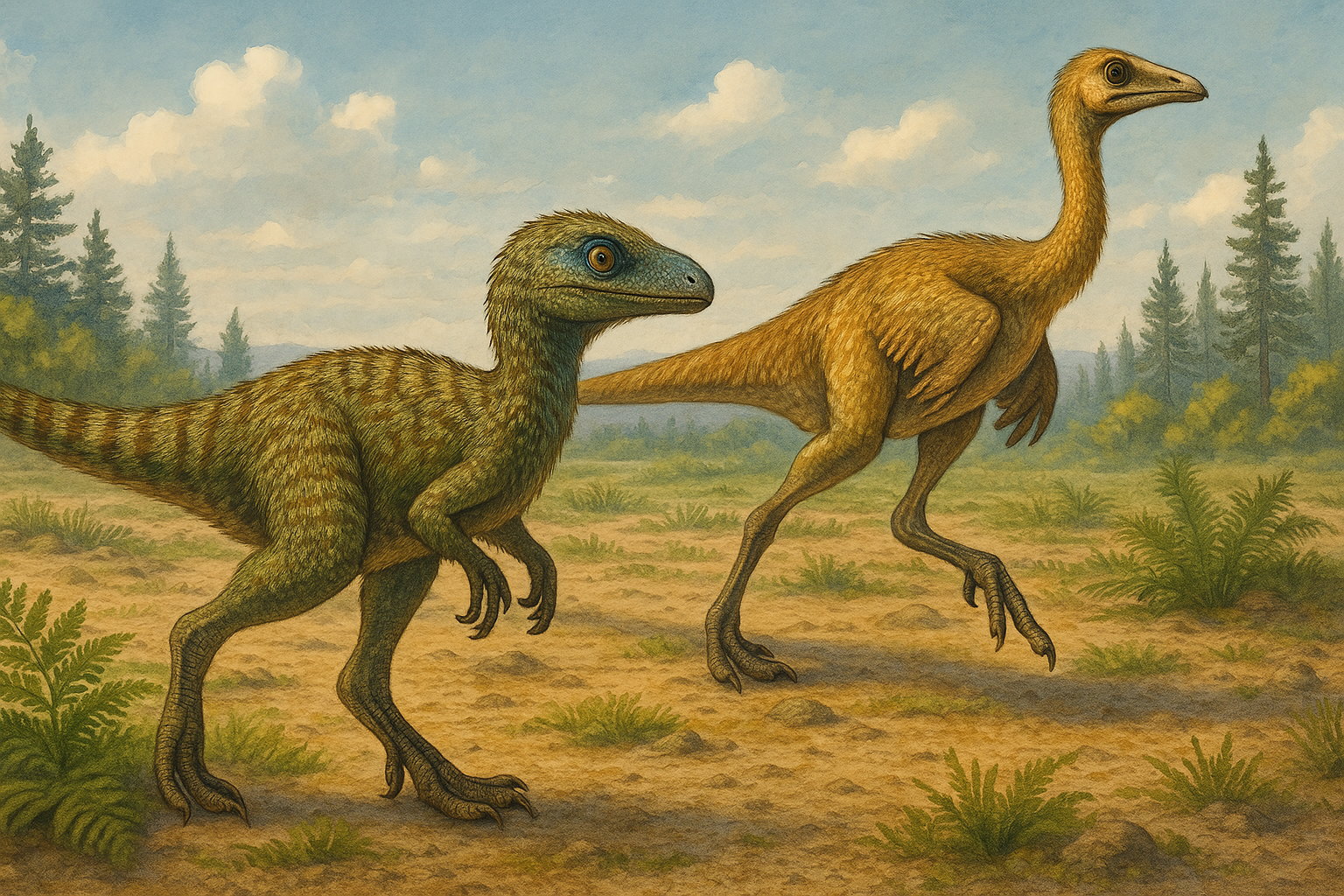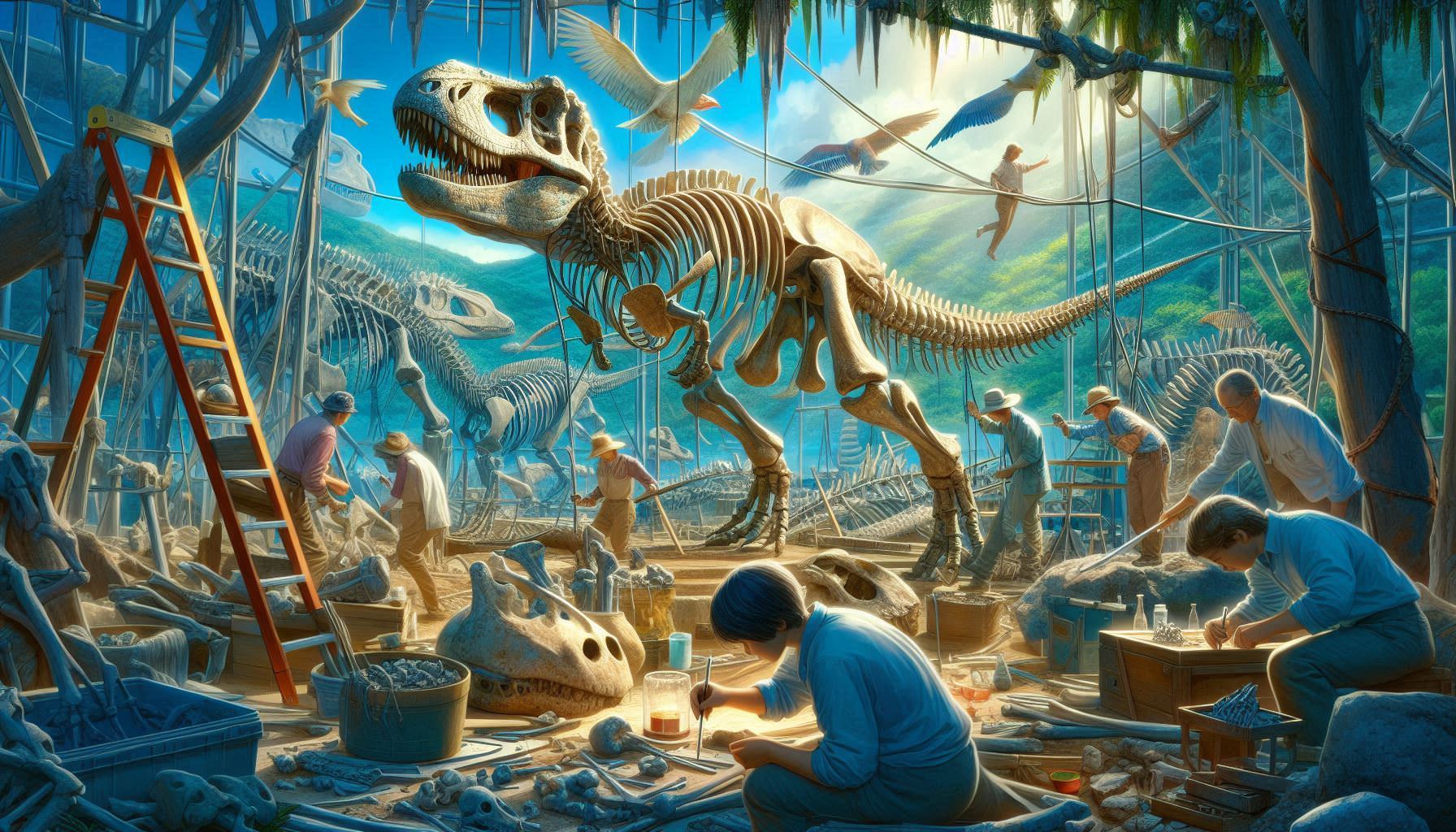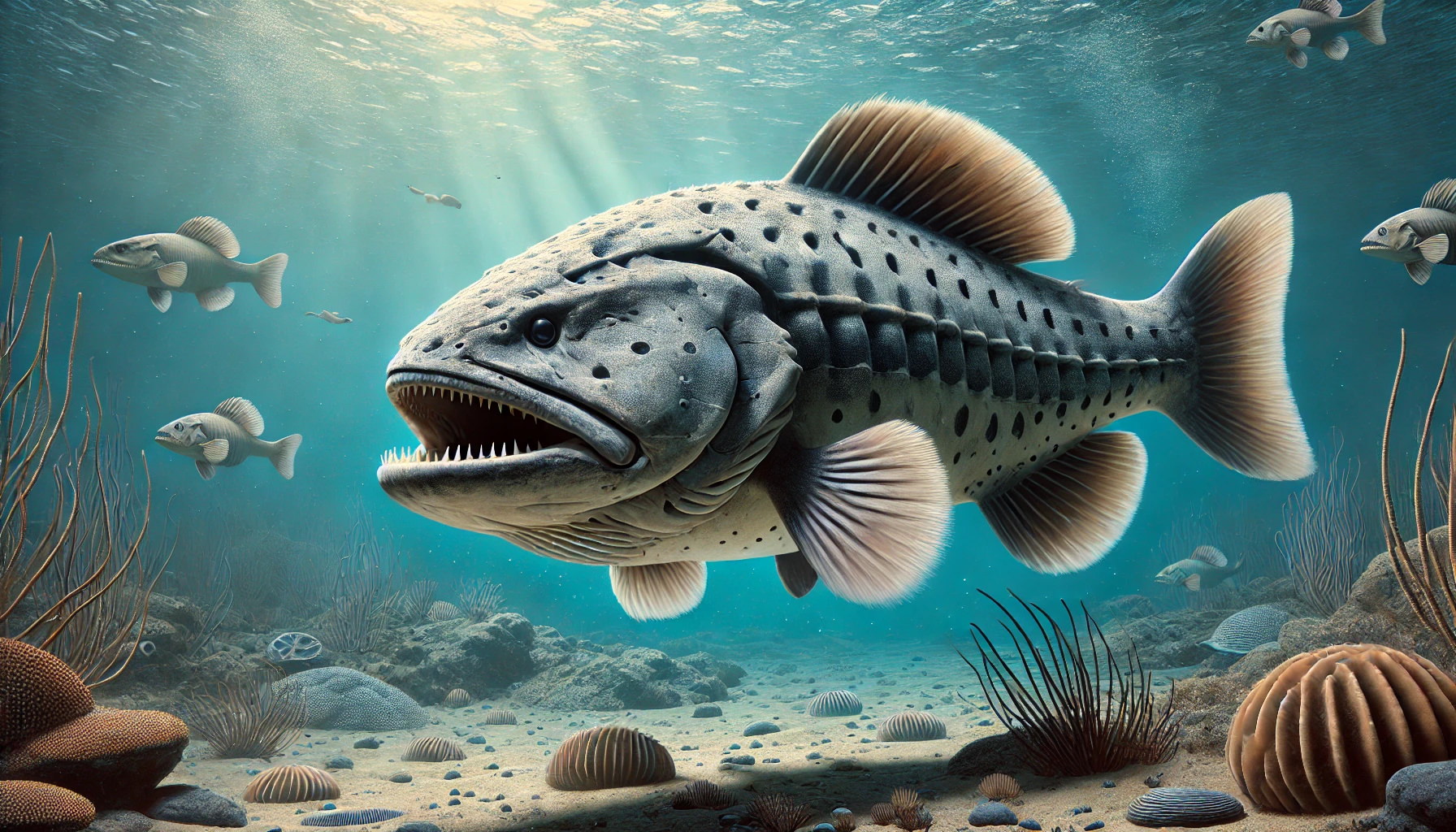Before sharks grew rows of jagged teeth and reputations for hunting surfboards, there was Cladoselache — a sleek, fast-swimming predator that ruled Earth’s oceans over 370 million years ago.
Cladoselache wasn’t big or terrifying by today’s shark standards, but it was a pioneer. This ancient fish swam through the Late Devonian seas, long before dinosaurs, mammals, or even trees as we know them. And although it looked surprisingly modern, it belonged to an early branch of the shark family tree — one that tells us a lot about how sharks evolved.
Let’s dive into the fascinating story of one of the earliest known sharks in Earth’s history.
- 🧬 What Is Cladoselache?
- 🦴 What Did Cladoselache Look Like
- 🐟 What Did Cladoselache Eat?
- 🌍 Where Did It Live?
- 🔬 Why Is Cladoselache Important?
- ❓ Did Cladoselache Have Teeth?
- 🤔 Was Cladoselache the First Shark?
- ❓FAQ
- What is Cladoselache
- How big was Cladoselache
- What did Cladoselache eat
- Did Cladoselache have teeth
- Why is Cladoselache important
- 🌟 Final Thoughts
🧬 What Is Cladoselache?
Cladoselache (pronounced CLAD-oh-seh-lay-kee) is an extinct genus of early cartilaginous fish, often considered one of the first true sharks. It lived approximately 370 million years ago during the Late Devonian period, when marine life was exploding in diversity.
Unlike many early fish, Cladoselache is known from remarkably well-preserved fossils — mostly found in the Cleveland Shale of Ohio, USA. These fossils give us rare insights into its entire body, not just bones or teeth.
And here’s the twist: while Cladoselache is technically a shark, it looked quite different from the modern-day great whites and hammerheads.
🦴 What Did Cladoselache Look Like
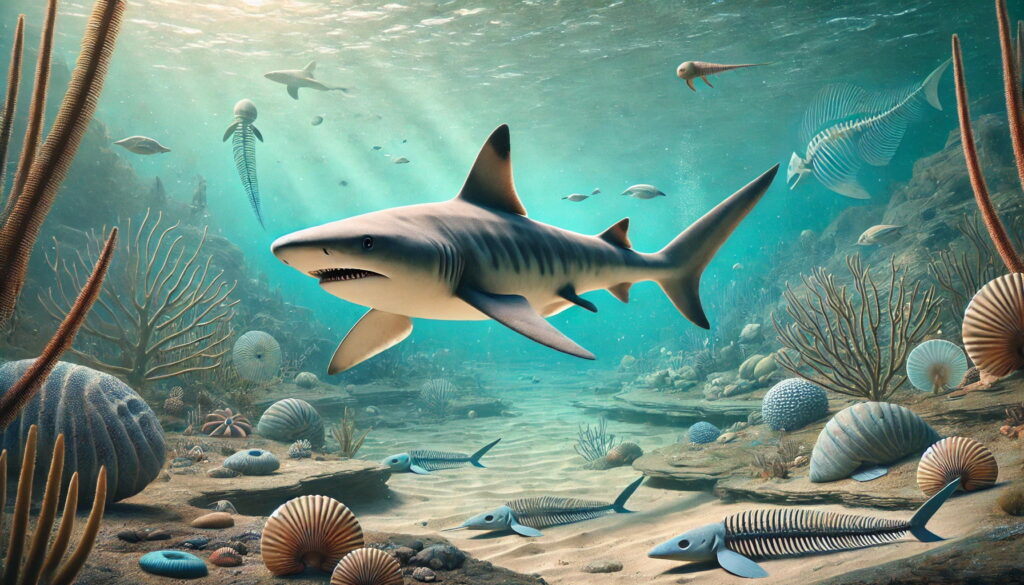
Cladoselache was built for speed. It had a streamlined, torpedo-shaped body, a short, rounded snout, and a deep forked tail — ideal for quick bursts through the water.
Some of its most distinctive features:
• Length: About 1.5 to 2 meters (5 to 6.5 feet)
• Cartilaginous skeleton: Like modern sharks, but without calcified vertebrae
• No scales: Its skin was smooth, unlike many rough-skinned modern sharks
• Large, paired fins: Especially the pectoral fins, for agile steering
• Multiple gill slits: Likely six or seven on each side
• Terminal mouth: Located at the front of the snout (unlike the underslung mouth of modern sharks)
It also had tooth rows arranged in the jaw but no ability to replace teeth, unlike its modern relatives. This suggests Cladoselache may have relied more on swallowing prey whole than tearing it apart.
🐟 What Did Cladoselache Eat?
Fossilized gut contents offer a fascinating peek into Cladoselache’s diet. Several specimens show remains of small ray-finned fish and cephalopods — ancient relatives of today’s squids and octopuses.
This suggests that Cladoselache was a fast-moving predator, likely chasing down prey in open waters and swallowing it whole. It didn’t need massive jaws or serrated teeth. Its speed and precision did the work.
🌍 Where Did It Live?
Cladoselache lived in the shallow marine environments of the Devonian period, often called the “Age of Fishes.” Its fossils are mostly found in the Cleveland Shale Formation in Ohio, but similar relatives have been discovered in other parts of North America.
At that time, the region that is now Ohio was covered by a warm, tropical sea filled with early fish, corals, trilobites, and other marine life.
🔬 Why Is Cladoselache Important?
Cladoselache gives us a glimpse into what early sharks looked like and how they might have behaved.
Here’s why it matters:
In short, it shows us that even 370 million years ago, nature was already experimenting with speed, agility, and hunting strategies — ones that would later be refined by sharks we know today.
- Early evolution of sharks: It bridges the gap between jawless fish and modern sharks
- Rare fossil preservation: Many complete specimens with soft tissues (like muscles and organs) offer rare insights
- Streamlined design: Shows early adaptations for high-speed swimming, which became a trademark of future shark species
❓ Did Cladoselache Have Teeth?
Yes — but not like modern sharks. Cladoselache had simple, blade-like teeth arranged in rows, but they weren’t designed to slice through large prey. Instead, they helped it grab and swallow smaller animals whole.
Also important: its teeth didn’t continuously replace themselves, which is a big difference from modern sharks that lose and regrow thousands of teeth in a lifetime.
🤔 Was Cladoselache the First Shark?
Not quite — but close. Cladoselache is part of an early group of chondrichthyans (cartilaginous fishes), and it’s often cited as one of the best-known examples of early sharks.
Even earlier shark-like creatures existed in the Silurian period, but none are as well preserved or understood as Cladoselache.
❓FAQ
What is Cladoselache
Cladoselache is an extinct genus of early sharks that lived during the Late Devonian period, around 370 million years ago. It is one of the earliest known jawed vertebrates.
How big was Cladoselache
Cladoselache grew to about 1.5–2 meters (5–6.5 feet) in length and had a slim, torpedo-shaped body built for speed.
What did Cladoselache eat
Fossil evidence shows it ate small fish and cephalopods, likely swallowing them whole thanks to its simple blade-like teeth and fast swimming ability.
Did Cladoselache have teeth
Yes, but they were not like modern shark teeth. Cladoselache had small, non-replacing teeth suited for grasping prey rather than slicing or tearing.
Why is Cladoselache important
It is one of the most well-preserved early sharks, offering insights into shark evolution, anatomy, and the transition from jawless to jawed vertebrates.
🌟 Final Thoughts
Cladoselache may not have had the swagger of a great white or the size of a megalodon, but it was one of the ocean’s earliest high-speed hunters. Its smooth skin, simple jaws, and aerodynamic shape tell the story of how sharks began — and how they’ve thrived ever since.
For anyone fascinated by prehistoric life or the origins of ocean predators, Cladoselache is a name worth knowing. It’s not just an ancient fish — it’s an evolutionary milestone.
# early shark evolution
# prehistoric cartilaginous fish
# Devonian period marine life
# fossil sharks of Ohio
# ancient shark anatomy
# extinct shark species
# Cleveland Shale fossils
# Cladoselache fossil
# primitive sharks
# shark ancestors
# early jawed fish

